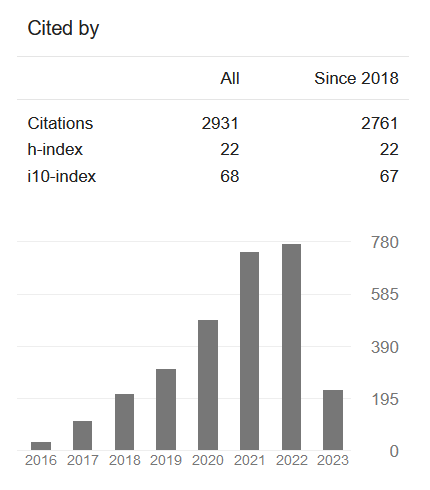Estimation of Air Pollution Tolerance Index of Plants Across the Industrial Zone in Kanpur City, Uttar Pradesh( Vol-8,Issue-11,November 2022 ) |
|
Author(s): Anupam Yadav |
|
Keywords: |
|
|
Vehicular pollution, Total chlorophyll, Ascorbic acid, Air pollution tolerance index (APTI). |
|
Abstract: |
|
|
One of the world's most serious issues today is air pollution caused by vehicle emissions, which poses a serious threat to both the environment and the health of living things (plants, humans, animals, microorganisms). The most severely impacted plants are those growing along side roadsides because they are the ones most frequently exposed to various air pollutants and exhibit a range of tolerance and sensitivity. In light of this, the current study's foundation was an evaluation of seasonal variation in the air pollution tolerance index (APTI). One of the most important sources of air pollution is vehicle emissions. The 11th most highly populated city in India is Kanpur. The parameter used to evaluate the sensitivity and tolerance level of plants based on Air Pollution Tolerance Index (APTI). This study aims to calculate the resistance and sensitivity of various plant species to air pollution. In the majority of developing countries, one of the causes of air pollution is vehicular emissions. Planting along the side of the road is a significant method of reducing the pollution that cars emit. The plants' APTI value is calculated using the pH, relative water content (RWC), total chlorophyll (Tch), and ascorbic acid (Asc) content of the leaves. The leaves of plants were collected from industrial zones Northen railway colony.Based on APTI values, In the industrial area, the most tolerant plant Ficus benghalensis (38.40) and Azadirachta indica (31.16), while lowest APTI value plants species Alstonia scholoaris( 9.5) and Adina cordifolia (11.6.0) in the industrial zone. |
|
| Article Info: | |
|
Received: 13 Oct 2022; Received in revised form: 24 Oct 2022; Accepted: 30 Oct 2022; Available online: 06 Nov 2022 |
|
Cite This Article: |
|
| Show All (MLA | APA | Chicago | Harvard | IEEE | Bibtex) | |
Share: |
|

 DOI:
DOI: 



























